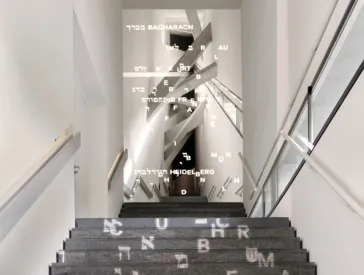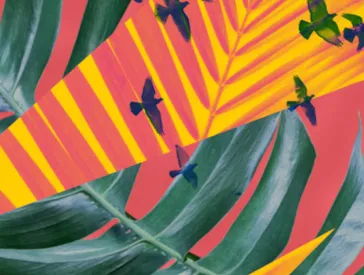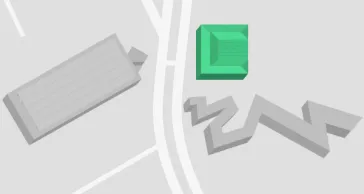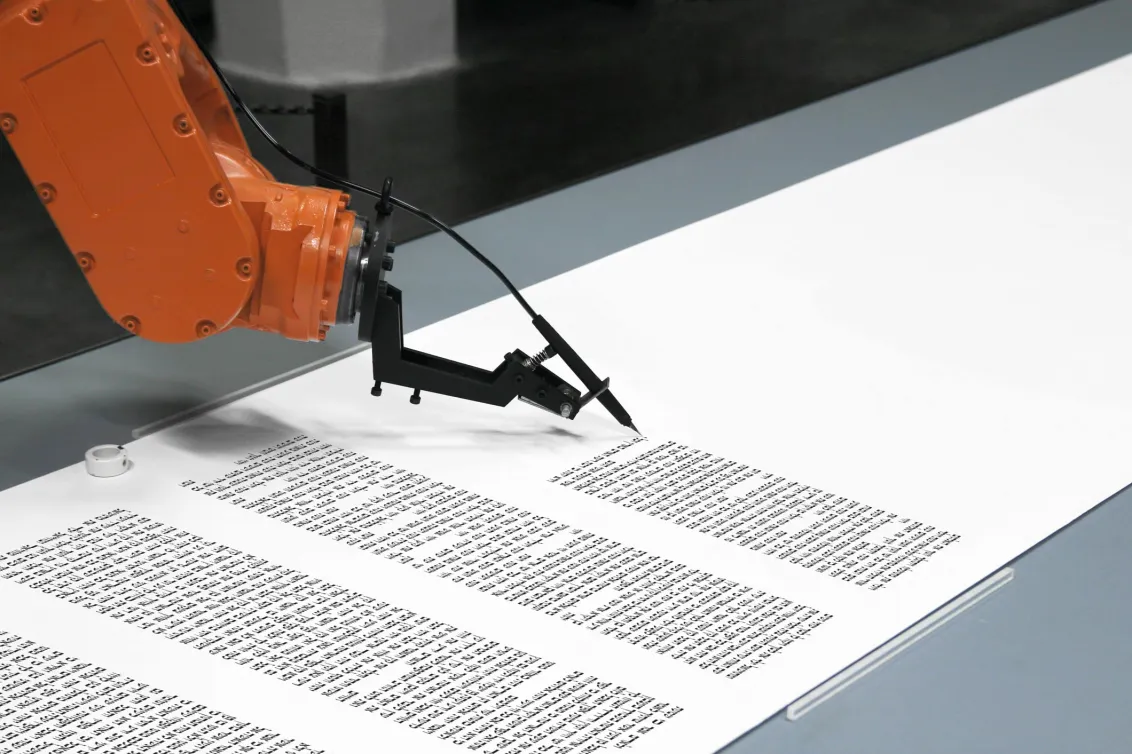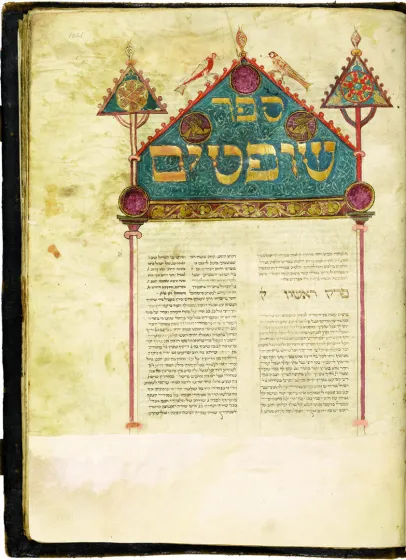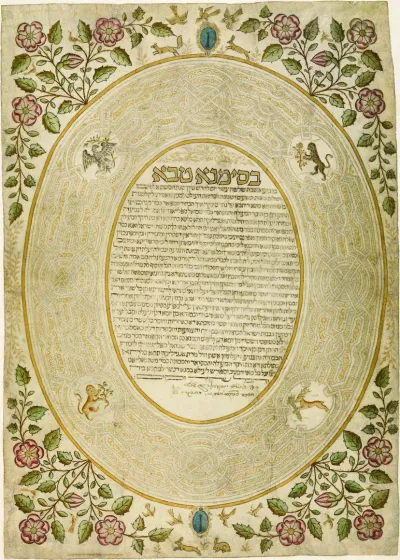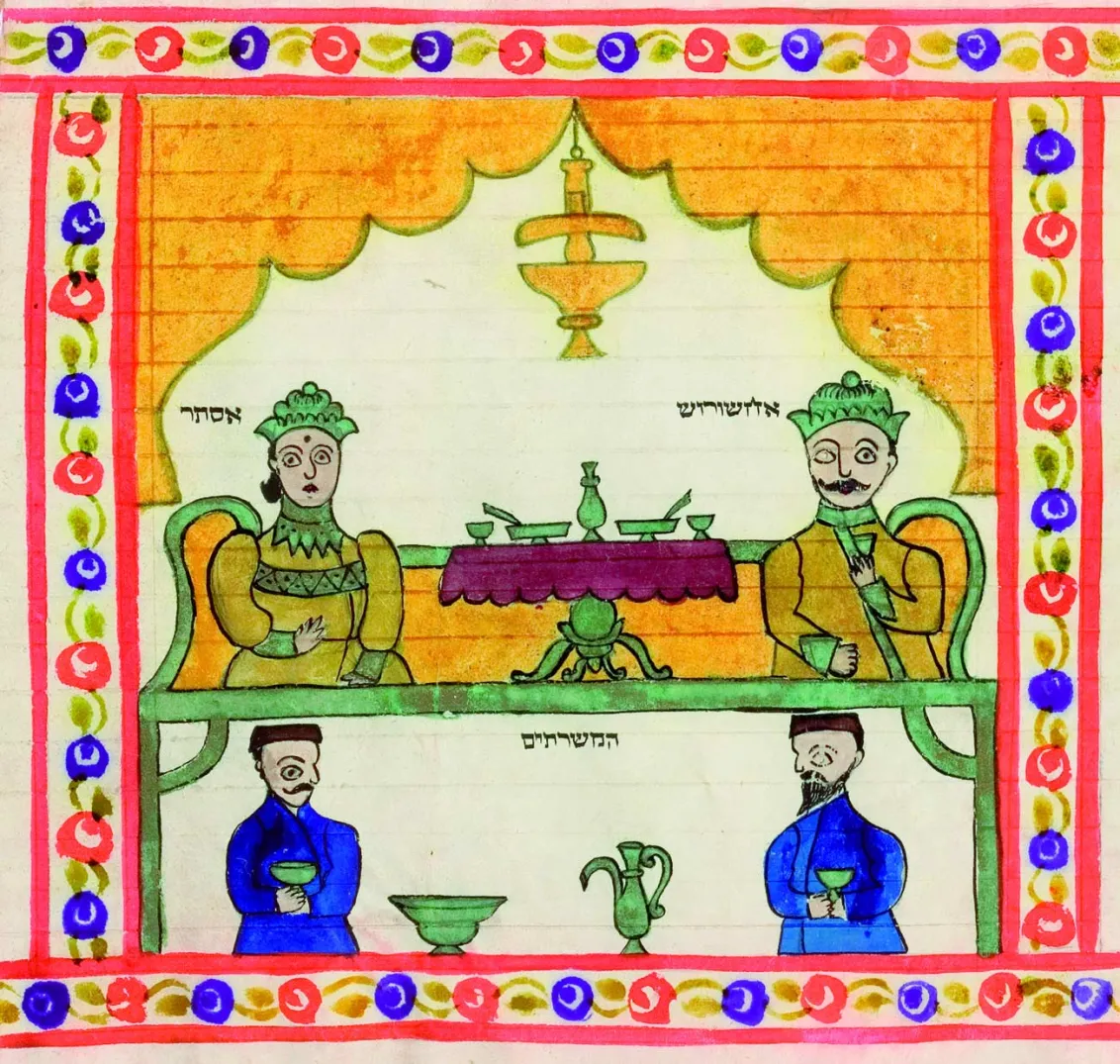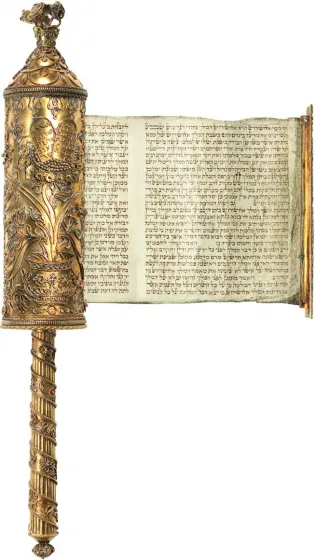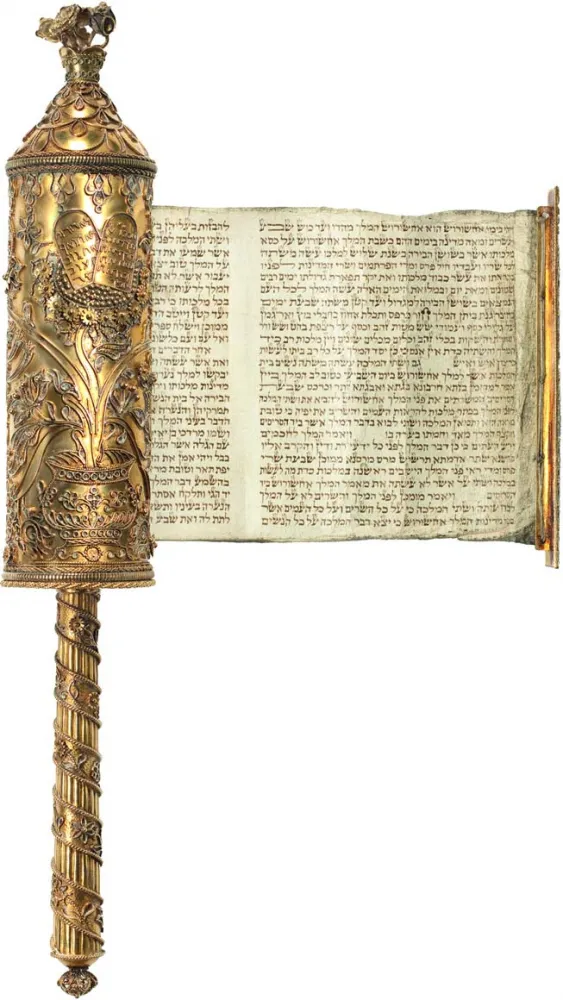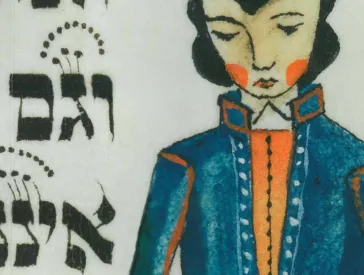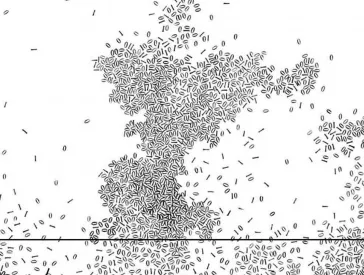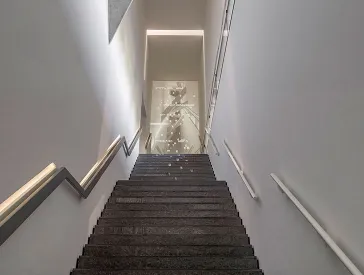The Creation of the World
Illustrated Manuscripts from the Braginsky Collection
The Braginsky Collection is the largest private collection of Hebrew manuscripts from various areas of the Western and Eastern Diaspora. It gives a thorough picture of the diversity of Jewish book history. After making stops in Amsterdam, New York, Jerusalem, and Zurich, the collection was on display at the Jewish Museum Berlin in 2014.
The Braginsky Collection
René Braginsky compiled his spectacular collection of Hebrew manuscripts over a period of more than three decades. It includes medieval documents, artfully prepared wedding contracts, richly illustrated scrolls, illuminated manuscripts, and rare print editions.
The collection is characterized by a particular connection between text and art, as these Hebrew manuscripts were often decorated with very elaborate illustrations. The focus is on illustrated manuscripts that originated in central and northern Europe of the 18th century. All the major Jewish calligraphers and limners of this period, a golden age of Jewish book arts, are represented with outstanding works in René Braginsky's collection.
The precious manuscripts of this private collection testify to the importance in Judaism of committing sacred texts and Biblical commentaries to writing. During the persecutions throughout the centuries, many Hebrew manuscripts and books were damaged or destroyed altogether. This makes René Braginsky's collection with its outstanding examples of Jewish calligraphy all the more precious.
Calligraphers at the Exhibition
- Visitors to the exhibition had the chance to watch several calligraphers ply their craft:
- The rabbi and Torah scribe Reuven Yaacobov spent five days a week writing a Torah scroll.
- Murad Kahraman demonstrated Arabic calligraphy and khatt art.
- Prof. Ding Yuan demonstrated Chinese calligraphy and Chinese painting.
- Lahsen Azougaye demonstrated different styles of Arabic calligraphy.
bios [torah] Robot Installation
Accompanying the exhibition, from 2015 July 2014 the museum showed the installation bios [torah] by the artist group robotlab, which provides a new take on the activity of writing Torah scrolls. While a trained Torah scribe or sofer guarantees the sanctity of the Scripture, the installation highlights its industrial reproducibility.
Objects and Video Recordings
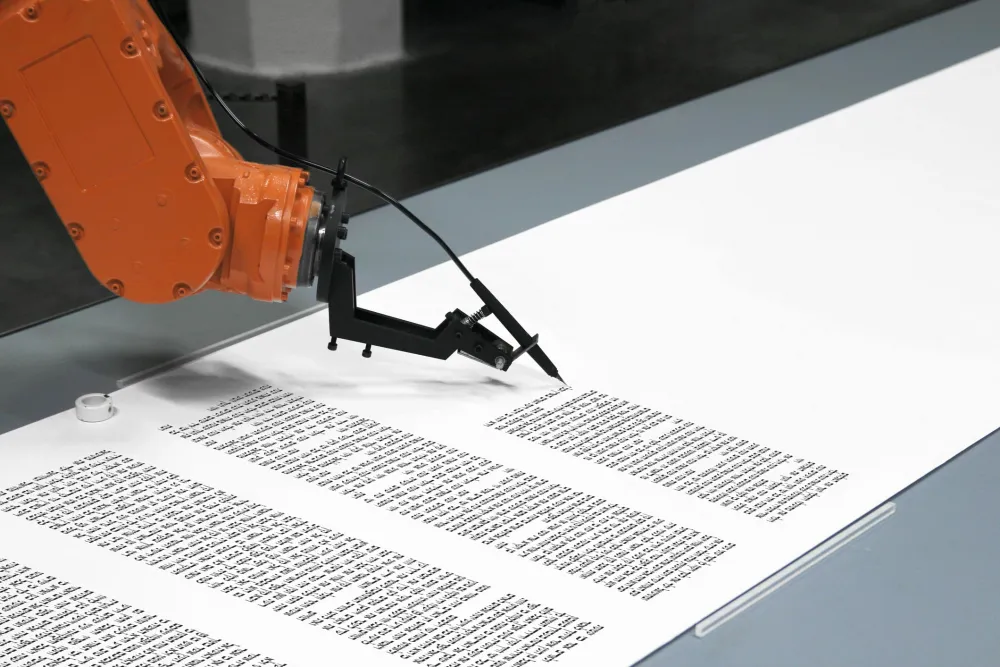
Installation bios [torah]
An industrial robot writes a Torah. It does not use digital printing techniques to do this, but mimics the human act of writing. Using pen and ink, it writes at the speed of a human a total of 304,805 Hebrew letters on an 80-meter roll of paper. More information on the installation ...
Robot Installation bios [torah]; robotlab
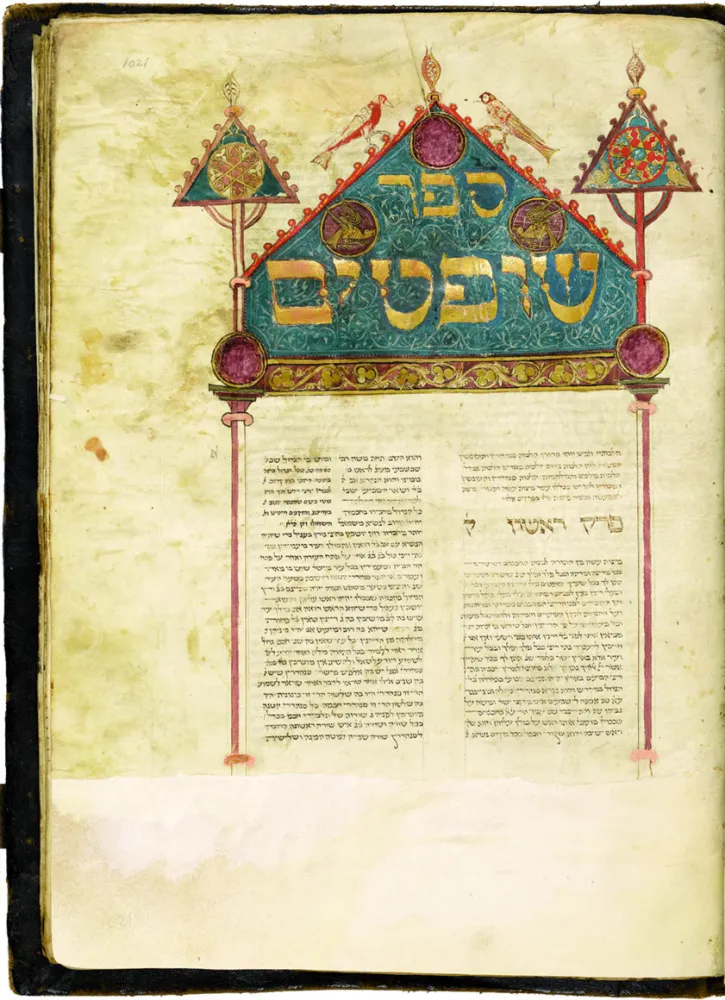
Mishneh Torah (Law Code)
Mishneh Torah is the name of the extensive law codex of Moses Maimonides, the eminent Jewish scholar, who was born in Cordoba in 1135/38 and died in Cairo/ Fustat in 1204. It is considered today to be one of the central and fundamental books of Judaism. In the Mishneh Torah, Maimonides classified the existing laws according to their central themes. He did not cite – as was the convention at the time – the various strands of discussion of rabbinic authorities, but arranged the body of law in a new way which was met with resistance among his contemporaries.
The notes and inscriptions in this manuscript indicate that this book passed through many hands and was read by major Ashkenazi rabbis. Moreover, the entries of the owners suggest that this Mishneh Torah traveled long distances to different parts of the world such as the Ottoman Empire, Kurdistan, England, and Jerusalem.
Mishneh Torah (Law Code), 1355, Moses Maimonides, Germany, parchment. Braginsky Collection, Zürich. Photo: Ardon Bar-Hama.
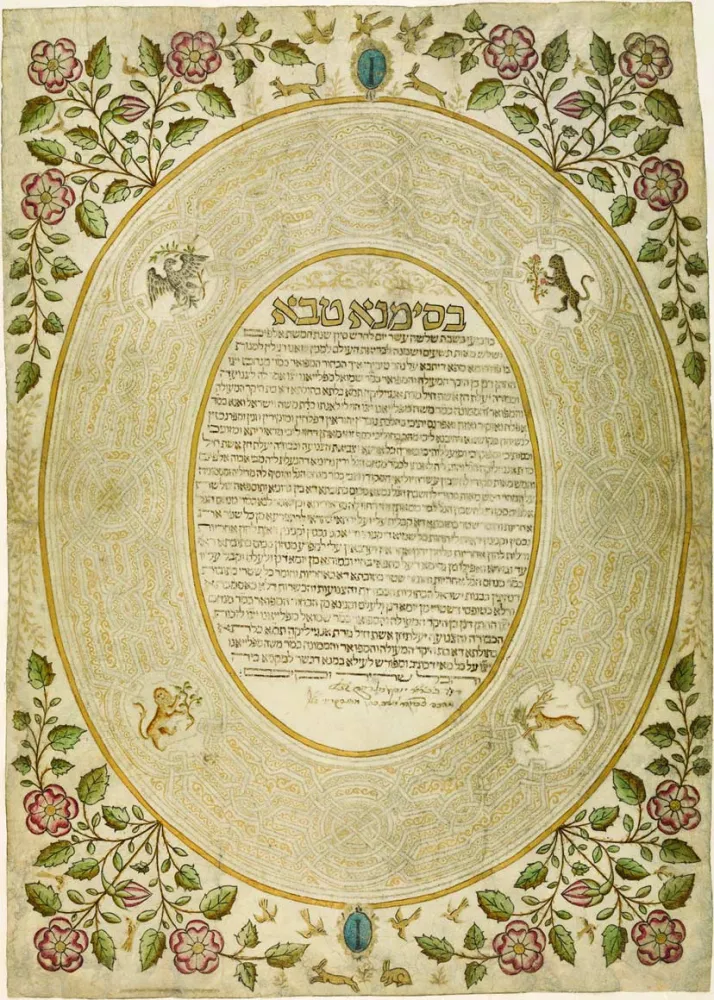
Ketubah (Wedding Contract)
Roman wedding contracts are known for their elegant Hebrew calligraphy and decorative design. Biblical episodes, allegorical scenes, and delicate micrographs (texts written in the tiniest space) are represented.
The bride and groom, Angelica and Menachem, both belonged to the Paliano family, one of the most respected and wealthiest Jewish families in Rome. On the outer ring, the Paliano family emblem with a palm branch, column, and three lilies can be found twice.
The inner oval contains the wedding contract in a uniform square script. A perfectly executed ornamental micrograph featuring the text of the books of Song of Songs, Ecclesiastes, and Ruth in full length can be found in the outer oval.
Ketubah (Wedding Contract), 26 May 1638, Rome (Italy). Braginsky Collection, Zürich. Photo: Ardon Bar-Hama.
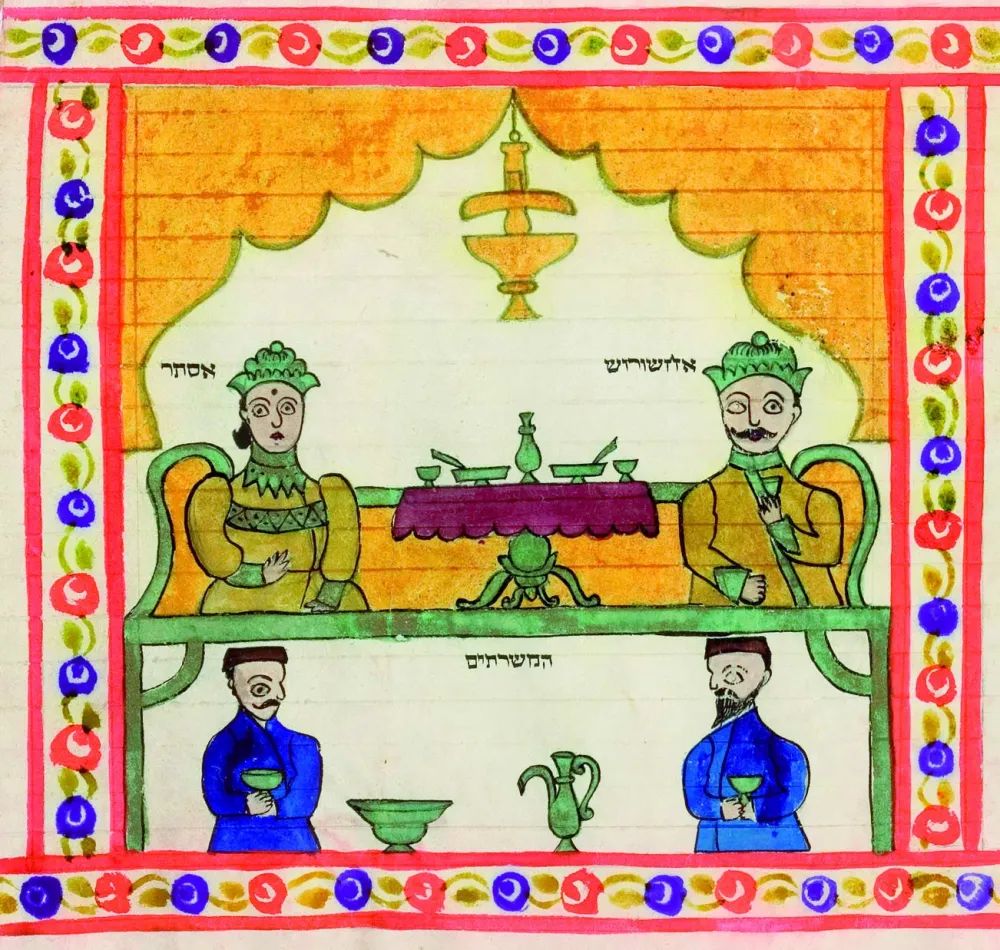
Megillat Esther (Esther Scroll)
This Esther Scroll links Western and Eastern traditions in a unique way. It served the private ritual use of the Sassoon family in Baghdad, some of whose members relocated to Bombay in 1832. The melding of Jewish scribal traditions and Indian artistic design in this megillah reflects the family’s deep involvement in the cultural life of India. All marked with names, some of the figures wear Western clothes and some Indian.
Detail from Megillat Esther (Esther scroll), around 1900, India. Braginsky Collection, Zürich. Photo: Ardon Bar-Hama.
Exhibition Information at a Glance
- When 4 Apr to 3 Aug 2014
- Where Old Building, level 1
Lindenstraße 9-14, 10969 Berlin
See Location on Map
Media Partners
For their generous support, we would like to thank our media partners:


